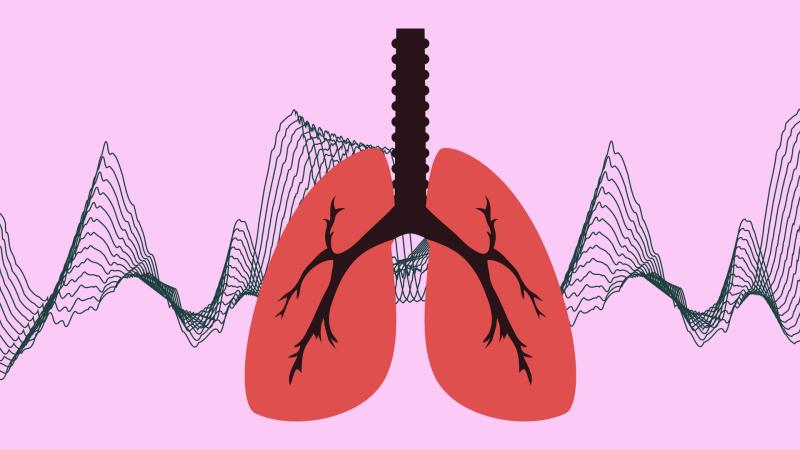
Researchers from Indian Institute of Technology Kharagpur, Kharagpur (IITKGP) and Institute of Pulmocare and Research, Kolkata have proposed a new method to detect respiratory disorders, like asthma—by listening to the sounds made by the lungs.
One of the first things a doctor does when you visit him for an ailment, is listening to your internal organs with a stethoscope. Auscultation or listening to internal organs, like heart, lungs and gastrointestinal system, can tell a doctor about the status of the organs. Any abnormal sounds made by these organs can provide helpful hints to a well trained doctor, to correctly diagnose the problem. Conditions like asthma, which often leads to wheezing and coughing, can be detected early on from the sounds made by the lungs. Many of the conventional methods of detecting asthma from lung sounds depend on the presence of a wheeze.
In a first, the researchers of the new study have proposed a method to detect asthma in a patient using posterior lung sound signal, even in the absence of a wheeze. The method uses a novel 4-channel data acquisition system to acquire the lung sound. Once obtained, they then make use of virtual tools like, artificial neural network (ANN) and support vector machine (SVM) to classify the sounds and identify any oddities.
For their study, the researchers collected the lung sounds of 60 subjects; where 30 individuals were normal and 30 individuals suffered from asthma. As per the suggestions of a pulmonologist, the lung sounds were collected using a novel 4-channel data acquisition system, from four different regions over the posterior chest. The researchers then used ANN and SVM to develop a spectral subband based feature extraction scheme to classify the lung sounds. Each of the individual channels and four channels together were analyzed for channel performance.
The study reveals that a combined channel performance is superior to that of individual channel performance. It also provides insights into the contribution of lung sound collection areas and their combination in asthma detection.
If commercialized, the new method allows for a non-invasive and accurate measure of asthma, just by detecting sounds from the lungs. According to the researchers of the study, “the proposed multichannel asthma detection method where the presence of wheeze in lung sound is not a necessary requirement outperforms commonly used lung sound classification methods in this field and provides significant relative improvement”.






